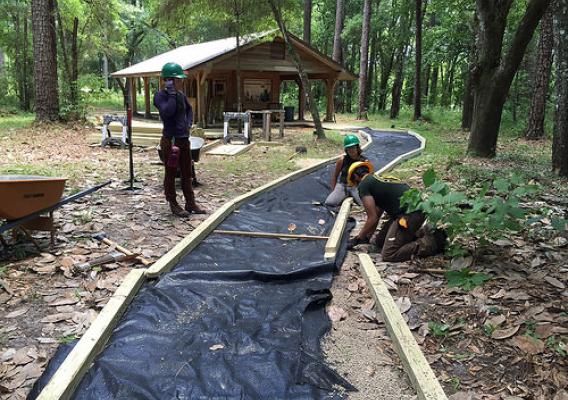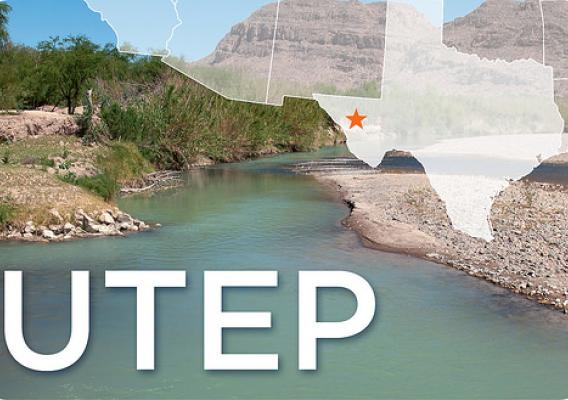Thanks to a recent grant from USDA, the Wisconsin Department of Agriculture, Trade, and Consumer Protection is now in better position to help get locally grown potatoes, carrots, apples, broccoli, and cheese onto school lunch plates. In Wisconsin, and across the nation, there is a strong interest to supply healthy, local foods to schools while supporting regional farmers and the local economy. USDA is helping create economic opportunities for producers by supporting projects that increase access to fresh, healthy food for students and consumers, and connect rural and urban communities.
Today Secretary Tom Vilsack announced more than $35 million in grants to help ensure the livelihoods of our nation’s farmers and ranchers while strengthening rural economies around the country. These grant programs play an important role in American agriculture and in communities by supporting local and regional food systems and giving farmers and ranchers the chance to explore new market opportunities.










